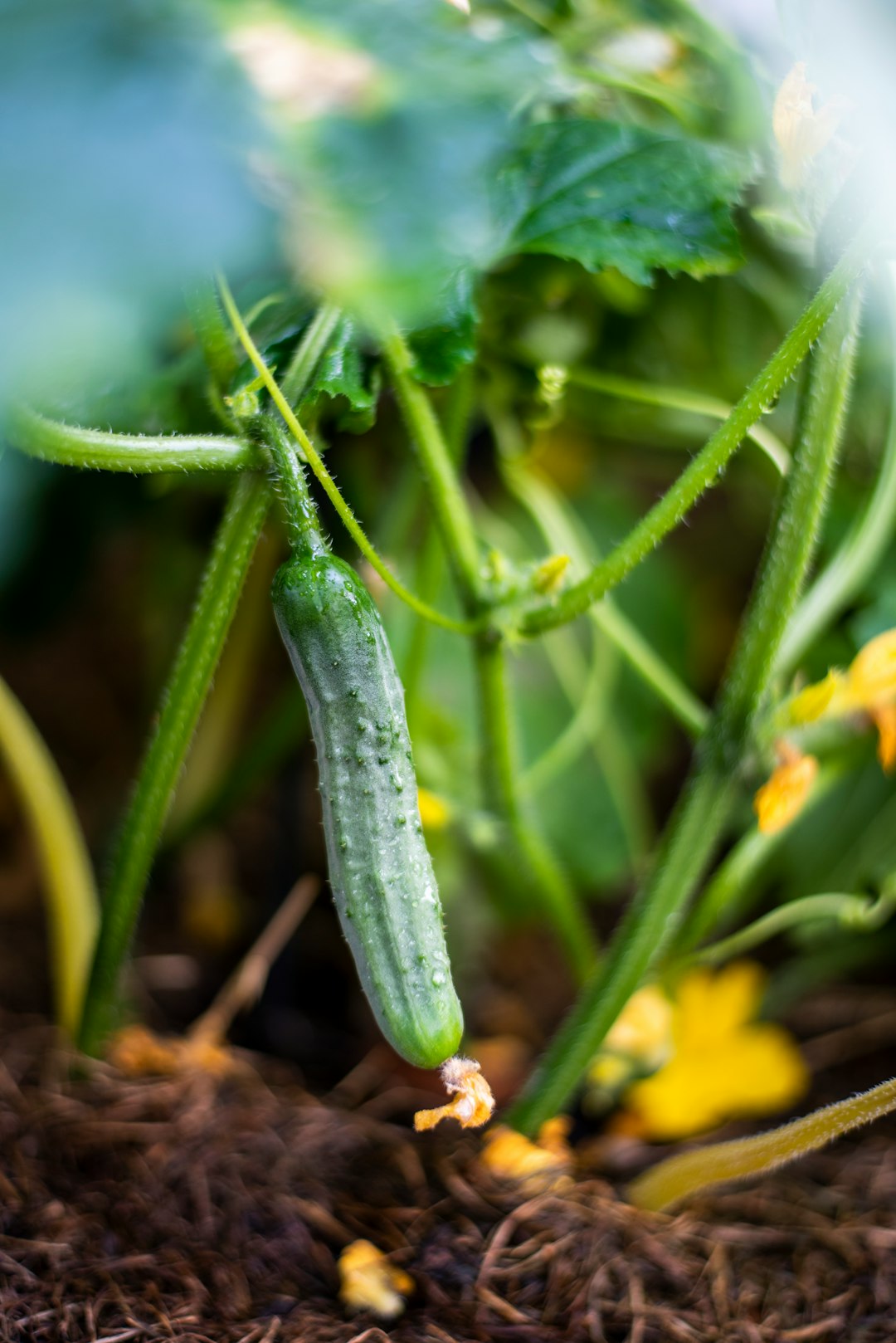Unleashing the Magic of Serviceberry: A Gardener's Guide

Serviceberry, a remarkable flowering tree, is not only a feast for the eyes but also a valuable addition to any garden. As one of spring's first sources of nectar, it plays a crucial role in supporting local pollinators. Moreover, its edible berries are a delicious treat that can be enjoyed fresh or used in various culinary creations. In this article, we will explore the essential tips for growing serviceberry successfully.
### Choosing the Right Location
The first step in growing serviceberry is selecting the perfect location. Serviceberries thrive in full sun to partial shade. They prefer well - drained soil that is rich in organic matter. A soil pH between 5.0 and 7.5 is ideal. When choosing a spot, consider the mature size of the tree. Serviceberries can grow up to 20 - 30 feet tall and 15 - 25 feet wide, so make sure there is enough space for it to spread out. Avoid areas that are prone to flooding or have poor drainage, as this can lead to root rot and other diseases.
### Planting Serviceberry
Once you have chosen the right location, it's time to plant your serviceberry. The best time to plant is in the early spring or fall. Dig a hole that is two to three times wider than the root ball of the tree and just as deep. Gently remove the tree from its container and place it in the hole, making sure the top of the root ball is level with the surrounding soil. Backfill the hole with soil, tamping it down gently to remove any air pockets. Water the tree thoroughly after planting to help settle the soil around the roots.
### Watering and Fertilizing
Proper watering is essential for the health of serviceberry. During the first year after planting, water the tree regularly to keep the soil moist but not waterlogged. Once established, serviceberries are relatively drought - tolerant, but they still benefit from occasional deep watering, especially during dry spells. A good rule of thumb is to provide about an inch of water per week, either through rainfall or irrigation.
Fertilizing serviceberry can also promote healthy growth. Apply a balanced, slow - release fertilizer in the early spring before new growth begins. Follow the manufacturer's instructions for the appropriate amount based on the size of the tree. Avoid over - fertilizing, as this can lead to excessive growth and make the tree more susceptible to pests and diseases.
### Pruning Serviceberry
Pruning is an important part of serviceberry care. It helps to maintain the shape of the tree, remove dead or diseased branches, and improve air circulation. The best time to prune serviceberry is in the late winter or early spring, before new growth starts. Use sharp, clean pruning shears to make clean cuts. Remove any branches that are crossing, rubbing, or growing in an undesirable direction. You can also thin out the interior of the tree to allow more light and air to reach the branches.
### Pest and Disease Management
Serviceberries are generally resistant to many pests and diseases, but they can still be affected by a few common problems. Aphids, scale insects, and spider mites are some of the pests that may attack serviceberry. You can control these pests by using insecticidal soaps or horticultural oils. Make sure to follow the instructions on the product label carefully.
Diseases such as fire blight, powdery mildew, and leaf spot can also occur. To prevent these diseases, practice good sanitation by removing fallen leaves and debris from around the tree. Provide adequate air circulation by pruning properly. If a disease does occur, you may need to use a fungicide, but always try cultural control methods first.
### Harvesting Serviceberry Berries
One of the rewards of growing serviceberry is harvesting its delicious berries. The berries typically ripen in late spring to early summer, depending on the variety and the climate. They start out green and turn red, then purple or black when fully ripe. To harvest the berries, simply pick them off the tree by hand. They can be eaten fresh, used in jams, jellies, pies, or added to smoothies.
In conclusion, growing serviceberry can be a rewarding experience. By following these essential tips on location, planting, watering, fertilizing, pruning, pest and disease management, and harvesting, you can enjoy the beauty and bounty of this wonderful tree in your garden for years to come.